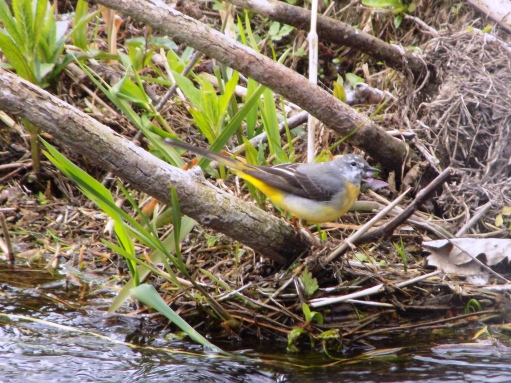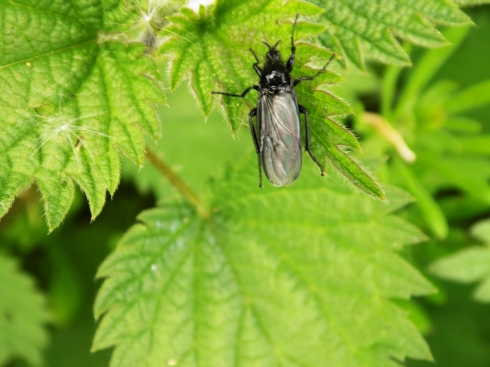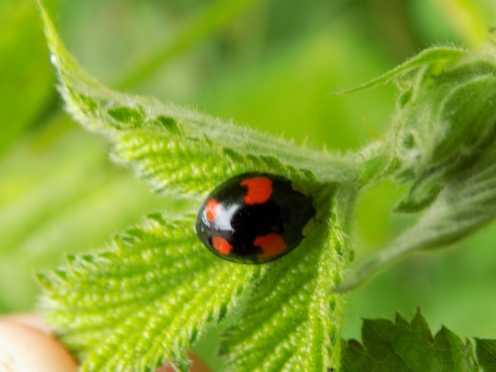I’ve been eagerly awaiting the first young birds of 2017 and this week I finally saw some. Get ready for the cuteness!
My first young birds of the year were two of these gorgeous lapwing chicks.

There are currently a mother and two chicks right outside one of the hides at Blashford Lakes. This one chick came right up to the edge of the hide allowing for unprecedented views and photos! As well as agricultural land lapwings nest in areas of wetland with short vegetation. The team at Blashford have been working to create this sort of habitat and it certainly appears to be working.

Lapwings are on the RSPB’s red list, meaning there has been a severe decline of numbers in the UK, so work like this is vital to support the species.
This morning I spotted this mallard parading with her ducklings.

If I’ve counted correctly there are 15 ducklings there. Mallards usually have clutches of 8-12 eggs so this was a particularly large one. Of course ducklings are extremely vulnerable to predators so it’s unlikely that more than a handful of these will make it to adulthood.
In other bird news, blackcaps have now arrived in the country in time for the breeding season.

These birds migrate from Southern Europe and Northern Africa to breed in the UK in the summer. However, increasing numbers are actually staying in the UK over the winter and the RSPB suspects this is due to the good source of food put out in gardens.
Today I saw a grey wagtail on the river Avon.

This individual is a female as it has more white on it’s head then a male would. Whilst these birds don’t migrate a such they do move from lowland streams in the winter to fast flowing rivers in the summer.
Whilst at Blashford Lakes yesterday I saw thousands of these sizeable St Mark’s Flies (Bibio marci).

Their name comes from the fact that they usually emerge around the 25th April which is St. Mark’s Day. Their long legs dangle underneath them as they hover and look around for females. They will only be in flight for about a week but they are important pollinators as they feed on nectar.
Another insect sighting this week was this harlequin ladybird.

Harlequins are an invasive species and frankly they appear to be have completed their invasion around here. It’s been a good few years since I last saw a native British ladybird around my patch but I see a lot of harlequins now. They eat other ladybirds and pass diseases to them. They have now colonised most of England and are quickly spreading into Wales and Scotland.
That’s all for today but I’ll see you next week when hopefully some peregrine eggs may have hatched!

No comments:
Post a Comment